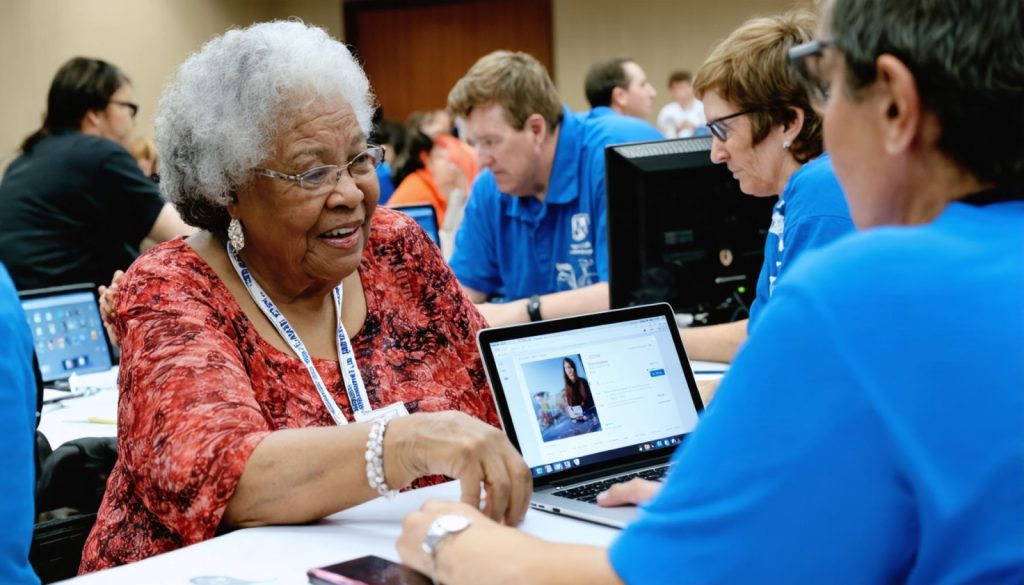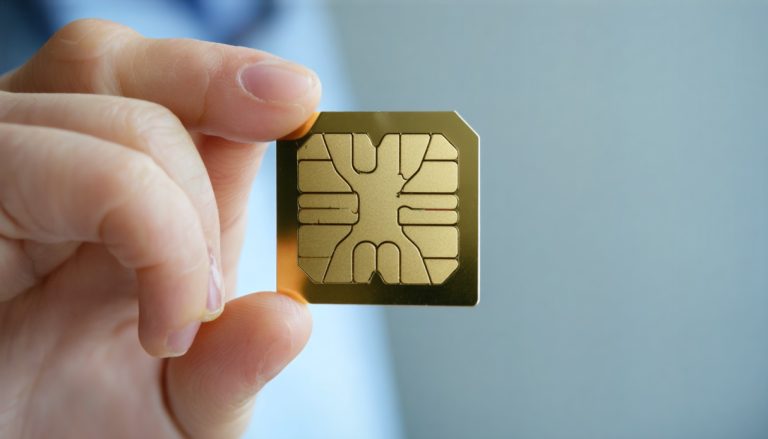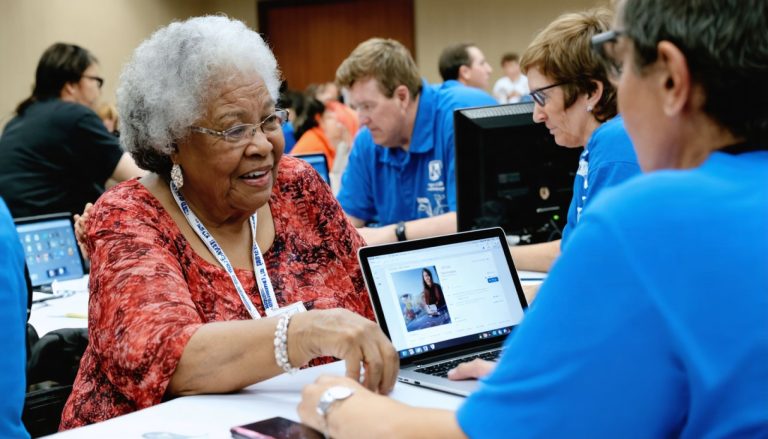
- Seton Hall’s Master of Occupational Therapy students empowered older adults in northern New Jersey by teaching them to navigate technology.
- The initiative focused on building connections and fostering independence through understanding and empathy rather than just technical skills.
- Sessions included personalized interactions, utilizing translation apps and visual aids to overcome language barriers and culturally diverse needs.
- The program highlighted the importance of technology combined with human understanding to bridge generational divides and reduce digital isolation.
- Seton Hall’s approach serves as a model for both educational programs and community initiatives aiming to empower diverse populations through technology.
A quiet classroom at Seton Hall transformed into a vibrant hub of learning, as graduate students in the Master of Occupational Therapy program embarked on a mission driven by technology and empathy. With this endeavor, they sought to unravel the complex web of the digital age for older adults in northern New Jersey—individuals eager yet often overwhelmed by technological advancements.
In the glow of screens displaying an array of smartphones, tablets, and laptops, second-year students stood shoulder to shoulder with seniors, armed with strategies not just to inform, but to empower. The initiative wasn’t just about gadgetry; it was about restoring connections and fostering independence.
Over two carefully orchestrated sessions, the air buzzed with conversations that transcended mere instructions. Here, the challenges of ‘pinching to zoom’ or ‘navigating a web browser’ became transformative experiences. In a world where staying connected is often dictated by one’s grasp of technology, these community members now possessed newfound skills to manage their health, communicate with loved ones, and engage with the universe beyond the walls of their homes.
The diverse group of older adults, reflecting the rich tapestry of New Jersey’s cultural mosaic, brought their own stories to the table. Navigating this diversity required more than technical knowledge; it required patience and creativity. For Spanish-speaking participants or those with limited English proficiency, the students stepped beyond linguistic barriers using translation apps, expressive gestures, and vivid visuals. Each interaction was tailored, culturally respectful, and person-centered, reflecting the heart of occupational therapy.
This initiative unfolded as more than a class project; it emerged as a vital lifeline connecting generations, allowing one to learn from another. The students didn’t just share tips on using tech devices—they connected worlds, ensured inclusivity, and perhaps most importantly, offered a hand to those standing at the precipice of digital isolation.
In environments such as these, the value of empathetic education shines through. Seton Hall’s M.S.O.T. students illuminated a path not just for older adults to follow, but for educational and community programs to emulate. Their work highlighted a crucial point: technology, when married with human understanding and care, can bridge divides and open doors to newfound independence for every generation.
Unlocking Digital Confidence for Seniors: How Seton Hall is Bridging the Tech Gap
The Importance of Digital Literacy for Seniors
In today’s fast-paced digital era, staying connected and informed often requires a solid grasp of technology. Many older adults, however, find themselves at the crossroads of desire and ability when it comes to tackling new digital tools. Seton Hall University’s Master of Occupational Therapy (M.S.O.T.) program is addressing this gap with an innovative approach that combines technology education with empathy, catering to the unique needs of seniors in northern New Jersey.
Real-World Use Cases: Empowering Seniors Through Technology
1. Health Management: With the rise of telehealth and digital healthcare records, being comfortable with technology enables seniors to manage their own health effectively. They can schedule appointments online, consult doctors via video calls, and monitor their health data using apps.
2. Staying Connected: Technology allows older adults to keep in touch with family and friends, reducing feelings of isolation. Apps like WhatsApp, Messenger, and FaceTime bridge physical distances and foster emotional closeness.
3. Accessing Information: The internet is a treasure trove of knowledge. By teaching seniors how to use web browsers and search engines, they can access news, educational materials, and entertainment content, enhancing their engagement with the world around them.
Navigating Linguistic and Cultural Barriers
To cater to New Jersey’s diverse demographic, Seton Hall students employed creative strategies, such as using translation apps and visuals, ensuring inclusivity and personalized support for those with limited English proficiency. This reflects the culturally respectful and person-centered approach that defines excellence in occupational therapy.
Market Trends and Industry Forecasts
With the elderly population projected to grow significantly, initiatives like this one are crucial. The Pew Research Center notes that the number of seniors using the internet has steadily increased, suggesting a growing willingness to engage with technology. As technology becomes even more integrated into daily life, digital literacy will be an essential skill for fostering quality of life and autonomy among older adults.
How-To Steps for Engaging Seniors with Technology
1. Start Simple: Begin with basic tasks such as setting up a device and navigating familiar applications.
2. Repeat and Reinforce: Regular practice sessions can help reinforce learning, allowing seniors to gain confidence.
3. Utilize Visual Aids: Using diagrams and screenshots can simplify complex instructions.
4. Encourage Exploration: Motivate seniors to explore additional features and apps that cater to their specific interests.
Security and Sustainability
Educating seniors about digital security is equally important. Tips include recognizing phishing scams, using strong passwords, and understanding privacy settings. Sustaining these educational efforts is critical, as regular updates in technology mean continuous learning opportunities.
Pros and Cons Overview
Pros:
– Increases independence and enhances quality of life.
– Strengthens social connections.
– Provides access to valuable information and services.
Cons:
– Initial learning curve can be steep.
– Concerns about privacy and security risks.
Actionable Tips for Immediate Application
– Volunteer or Partner: Educational institutions can replicate this model by partnering with community centers to offer similar programs.
– Tailor the Approach: Individualized sessions that consider personal interests and cultural backgrounds can maximize engagement.
– Leverage Technology: Use accessible and user-friendly tools suited to the participants’ abilities.
Conclusion
Seton Hall’s innovative program is a testament to the power of combining technology with empathy, offering a model for similar initiatives across the country. By equipping seniors with digital skills, programs can create a ripple effect, fostering greater independence and improved quality of life. For more on Seton Hall University’s programs and initiatives, visit their main website here: Seton Hall University.



